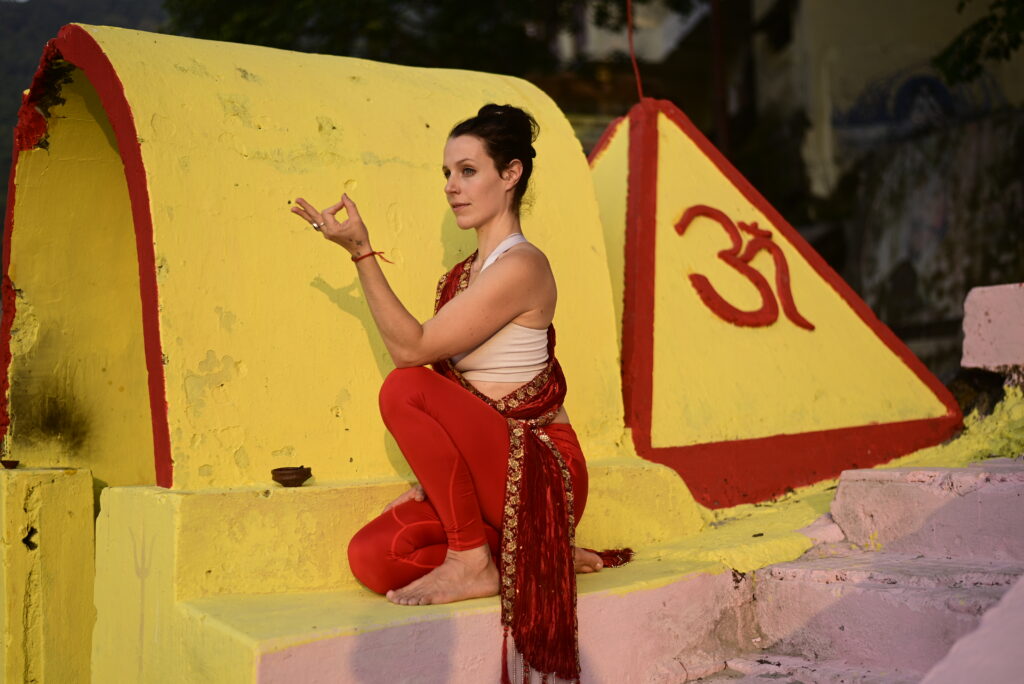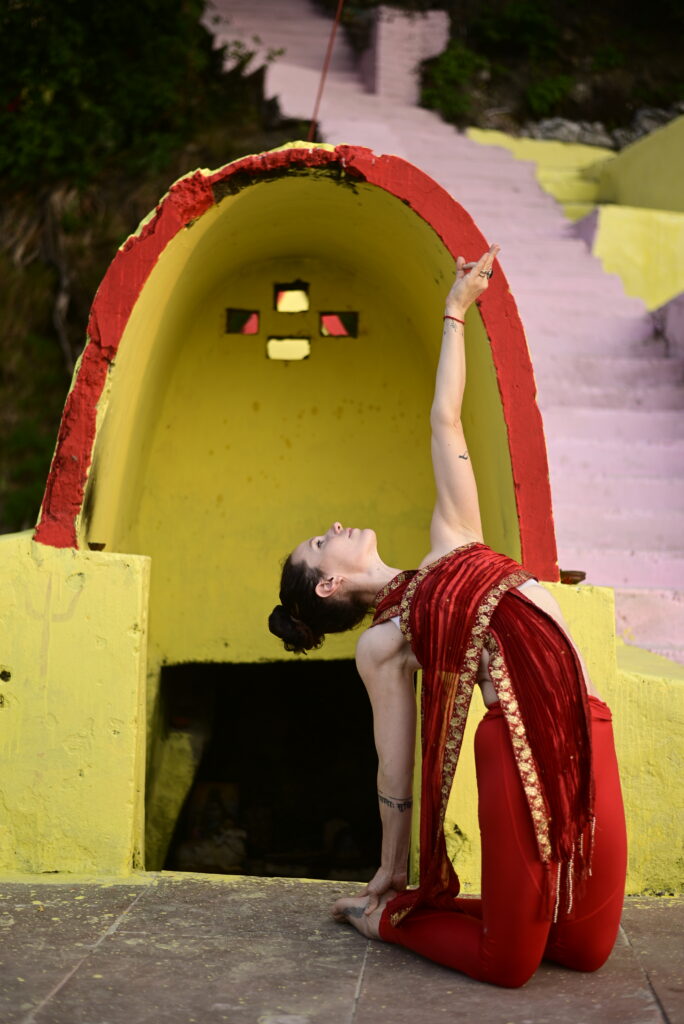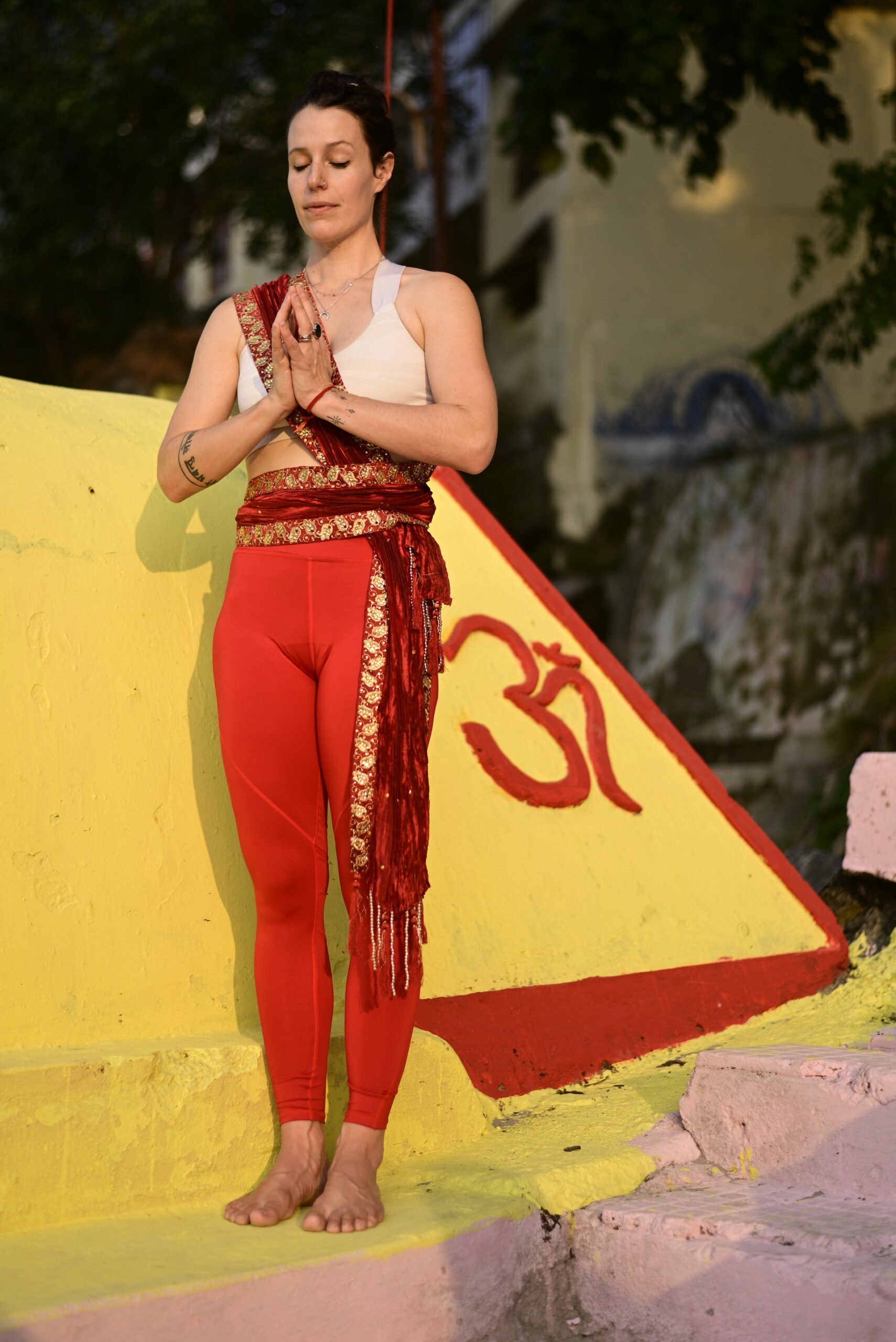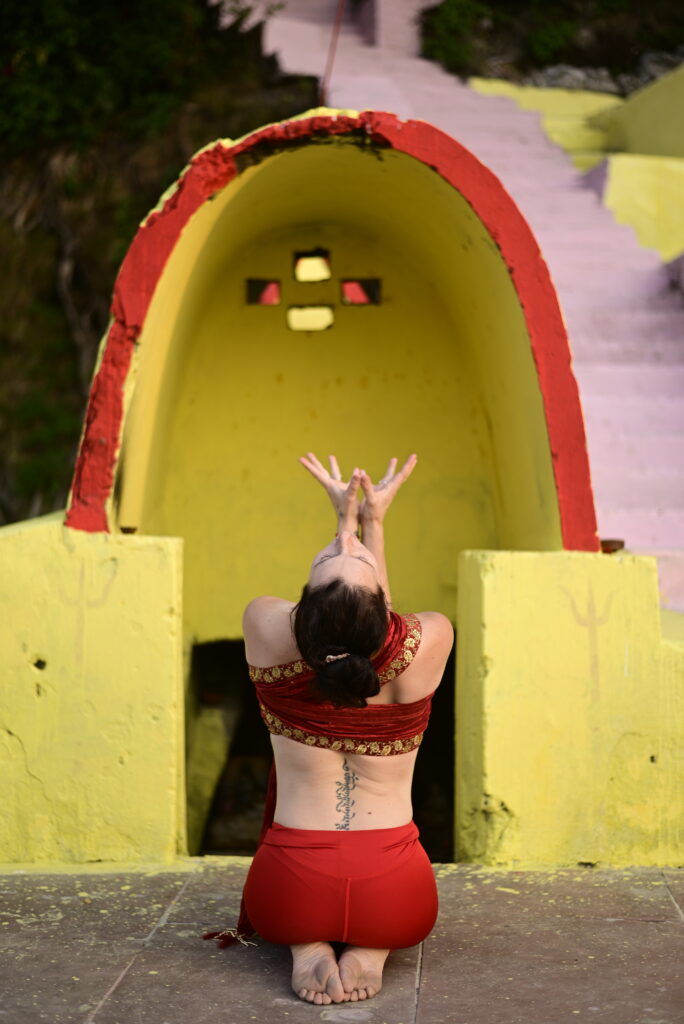
Resolution, Vow or Intention?
It’s that time of year again, when it’s customary to “make your wishes known”, to yourself and to others. I still remember the cards I had to send as a little girl to everyone I knew for this purpose.
Many of us resolve and make resolutions, as the new year begins.
So many people ask me what my resolutions are for the new year. I wanted to investigate, to find out what all this meant in the collective unconscious, in yoga and above all in myself.
A Vow?
A vow is, according to the Larousse, “a promise made to the divinity to obtain its favor or in gratitude for an answered prayer.” or “A strong wish, strong desire to see something come true: The result is in accordance with your wishes.”
This concept sounds like a magic wand that can change everything from desire to devotion to a deity. A wish is therefore far from the Yogic and humanist path, just as much as that of the alchemist, who all honor the path and the capacities for transformation inherent in the human being.
A Resolution?
The word “resolution” comes from the Latin “resolutio”, meaning to unravel, to break down, to resolve.
Resolutions often reflect one’s aspirations, goals and priorities: whether it’s improving physical health, cultivating mindfulness or improving relationships, resolutions tend to be aligned with personal values and their outward expressions.
However, resolution in language has developed alongside the term “Resolve” or “Resolve” here. It then also carries somewhere in the unconscious for most, the idea of “Resigning yourself, coming to terms with it, deciding to, going back to order.”
But when everything is perfect and everything is a possibility for growth and fulfillment, what do all these terms mean? “resign yourself, come to terms with it, return to order”?
An intention?
In yoga philosophy, the possibility of giving color and direction to our thoughts, actions and entire life experience refers to a parallel yet very different concept.
Inherited from the Vedanta philosophical tradition, it refers to our inherent willful nature, developing a determination from the heart known as “Sankalpa”. The word sankalpa is derived from the root klrp meaning “to provoke/determine” with the prefix sam meaning “to become one with”. to a sacred resolution or intention that serves as a compass directing the course of our actions and thoughts. “San” meaning “connection to one’s truth” and “Kalpa” meaning “vow” or “wish”. It’s the deep desire to transform oneself, a positive intention intended for the subconscious. An intention that must resonate with everyone, make sense and be repeated several times.
Sankalpa is linked to the yogi’s spiritual aspirations. It’s a conscious commitment, but the main difference with a resolution is that a sankalpa is an intention deposited in the present and not projected into the future. Because everything is already there and everything is already perfect, and you already have everything you need to be happy, to realize yourself.
Another principle of Sankalpa is the possibility of regularly planting a seed, which we nourish with each of our breaths, thoughts, words, actions or reactions, without ever waiting for the fruits of the tree.
Intention doesn’t take root all at once: it’s the revelation of a deeply rooted wish to achieve alignment with our Self, the Atman. Like a seed bearing the potential of a mighty tree, our sankalpa has the capacity to germinate and reveal the best version of each of us.
An intention that leaves room for surprise and abandonment to life itself. Because sometimes we know what color we want our life to be, but when we truly embrace its magic, magical things happen. Far beyond anything the mind could have imagined or wished for.
Because sometimes life doesn’t give us what we expect, but with hindsight and time everything often works out for the best.



What I wish for us
For this new year, I wish us to trust in life, with all its ups and downs.
I wish us all to experience that love is the foundation of all things, and that it begins with self-love, however complex it may be.
I hope we’ll experience that listening to our needs and desires is the starting point for our availability to the world.
I hope we’ll experience that sometimes the inconsolable is a sparkle that we must learn to cherish.
I hope we’ll all learn and experience that alone we can go faster, but together we can go further. #LesAmazonesParisiennes
I wish us to honor this beautiful vulnerability, which is not a weakness, but a power that allows us to reconnect with authenticity.
I hope we learn that it’s possible to see our fears through to the end, because it’s often in them that the most beautiful light shines.
I wish you happiness for all you’ve accomplished this year, for all you’ve been able to give, accept and above all respect.
I hope you rest in yourself, because that’s where it all starts.
How to formulate a Sankalpa?
The Sankalpa, or Intention of the Heart, is formulated or revealed during a moment of journaling or sometimes during a meditation, a walk, a yoga or Nidra session.
To make it more concrete, here are a few steps to help you formulate it. Sankalpa must be:
- Short and easy to remember, to make its presence easier in everyday life.
- In the present tense, because everything is already there.
- In your mother tongue, because that’s how the intention will take root in the subconscious.
- Positive affirmation, without negation, to attract the beneficial.
- Personal & Secret, deposited in your heart, it can be deposited in writing but not shared.
- Beneficial for others, because everything that’s inside you radiates outwards.
- Repeated, it is through consistency that the mind will take note of the desired transformation.
Make your intention your daily practice of connecting with yourself outside any predetermined date.
In this way, Sankalpa determines your reality how to shape it.